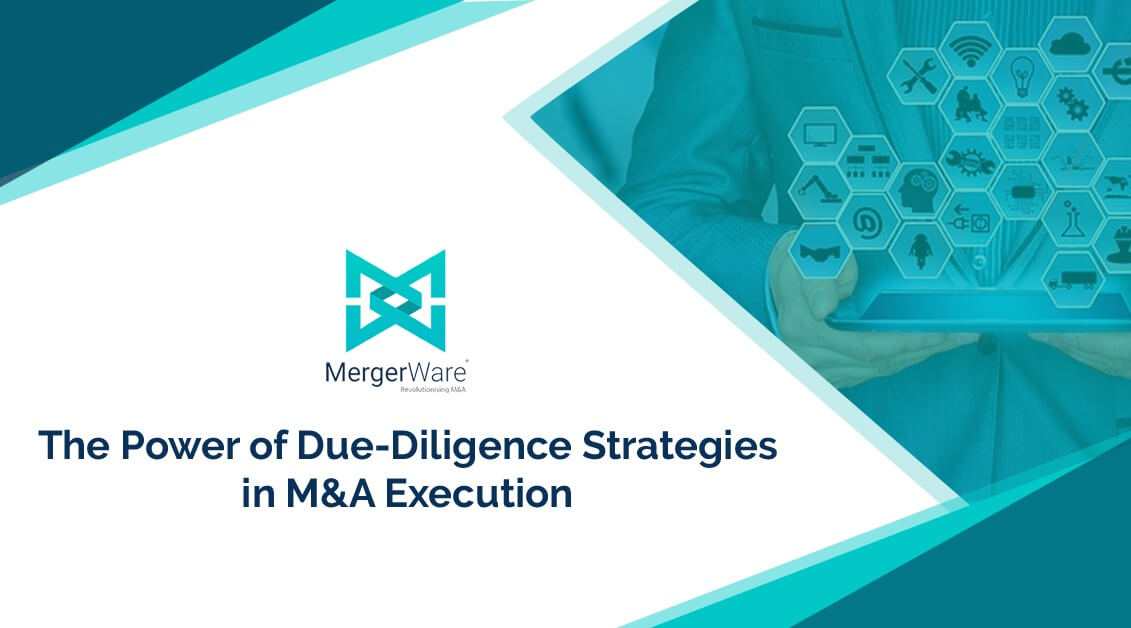“While technology is accelerating innovation in some ways, the abundance of knowledge everywhere poses new problems, such as deciding what to concentrate on and performing due diligence on a wider scale“
We all know how difficult M&A can get, but we also can’t deny that it is an essential aspect of significant businesses’ and private investors’ growth plans. According to a report by Statista, ‘There has been an incredible value of global M&A deals: approximately $4 trillion U.S dollars every year from 2014 to 2018’.
What makes an M&A deal even more complex is the number of processes that a deal has to go through to complete the project. However difficult it might sound, mergers and acquisitions can be a productive and essential aspect of a business’s growth plan. An effective merger and acquisition will help companies to acquire valuable market share, broaden their product offerings, maximize earnings, and pump more value into their brands if done correctly. Too many firms jump through these technical marriages without even doing their due diligence. Believe it or not, M&A is one of the most critical decisions you will make for the business’s future, and a thorough analysis is required before you decide to take any decision.
What exactly is due-diligence?
Mergers and acquisitions (M&A) typically necessarily require comprehensive due-diligence on the acquirer’s side. Before entering into a trade, the acquirer needs to be sure that they know what they’re buying, their obligations, and the nature and extent of the target entity’s statutory responsibility, contentious arrangements, litigation threats, and intellectual property issues. Now, the term “due-diligence” refers to the process of collecting and reviewing knowledge regarding a possible transaction. Due-diligence is a thorough examination of the target company’s operations, including its successes and weaknesses and its financial and market position. It helps the buyer validate essential facts about the vendor, such as contracts, accounts, and clients, during the M&A process.
Thankfully with time, the complex due diligence process for mergers and acquisitions has progressed well beyond actual data rooms and floor-to-ceiling piles of directories. Automation, interactive playbooks, and automated analytics through reports and dashboards have become the modern standard for a growing array of businesses. As a result of these advancements, the M&A due-diligence process has become faster, more efficient, and more secure, allowing companies to make a go/no-go decision much quicker. While technology is accelerating innovation somehow, the abundance of knowledge everywhere poses new problems, such as deciding what to concentrate on and performing due diligence on a broader scale.
A variety of options may be explored to resolve these problems and drive toward a more successful due diligence process, and we shall list a few of these options for you below:
Looking at the bigger picture and understanding the value drivers
It’s quick to get swept up by the minute details. Instead, taking a step back and looking at the larger image before diving deep is the safest way to approach due-diligence. Consider questions like, “What exactly are we acquiring?” Do we know what we’re looking for? “How does the aim apply to our overall plan, objectives, or mission?”
A clear understanding of the deal’s main opportunities and potential risks will enable you to apply the right mindset before deciding what to focus on – and potentially save a lot of wasted time and money. Similarly, the price and structure of a contract and the depth and extent of due-diligence are determined by value generators. With deep dives conducted in these areas, it’s crucial to concentrate on the deal’s key value factors, including goods, markets, customers, skills, and community. A set of value drivers can be used to model any aspect of a business.
Integration should be planned well in advance
Integration preparation will help speed up integration planning efforts and smooth the hand-off between teams if done during the due diligence process. Assume that a contract can go through until it does not. As a result, keep integration in mind during any conversation and study. Create a list of the most critical threats or things that need to be tackled. Make a list of potential synergies and examine the target’s prominent people. Progress gained during the due-diligence contact points would save time and money after the transaction closes, resulting in a quicker valuation time. Reports and proposed action points provide critical guidance for transition planning; therefore, it is also essential that results are quickly discussed with the integration team in advance.
Getting your playbook in order
A deal team must ensure that their due-diligence playbook is in order even before due-diligence begins. Consider a playbook to be a set of best practices that can help you handle the nuances of the M&A method. A playbook is more than just an M&A checklist; it also contains instructions, a series of supporting tools/templates, and projects to perform as part of a work plan.
When an organization makes an effort to develop and enforce best practices in the due diligence period in a playbook, they should expect to see the following results:
- Management of human capital in a more efficient manner;
- Team members’ contract goals get synchronized in a streamlined manner;
- Improved monitoring and reporting on the status of due diligence(the playbook serves as a reference to the progress made)
Make sure to collaborate and operate properly
Regardless of team size, it is crucial to reliably identify commitments to individuals/workstreams, stay on track, and work with complete awareness of the current situation. You can then encourage transparency by keeping track of progress with real-time status alerts on all deliverables, generated automatically and with a single click. Furthermore, real-time reports and progress analysis provide key policymakers with real-time insight into any critical threats with just a few clicks (which can easily be linked to integration activities).
Avoid cultural clashes at any cost
Many merger and takeover mistakes are due to cultural clashes. Any contract should have a consistent management style, but the truth is that most deals are concentrated on the tiniest details. According to Mercer, “43% of global M&A purchases faced such severe cultural problems that sales were postponed, canceled, or buying rates were adversely affected.”
In such a case, think cultural fit to be a vital component in the next deal to avoid a potentially deadly culture clash. The only way to find out this is to go on-site to talk with the people who work there – both managers and chosen staff (if permitted by the target company). Pay close attention to key employee retention and turnover (Glassdoor and LinkedIn are valuable places to start).
Don’t let deal-fever take over
Relationships will develop between members of the Acquirer and Target. Maintaining objectivity as the process progresses can be difficult. Getting members of the consulting or due diligence committee who participate in monitoring, quality assurance, or “challenger” positions may help hold working groups in line.
M&A is often seen as a strategy by some companies. That is not our point of view. Instead, our team at MergerWare assumes M&A to be a critical enabler of long-term value and policy. We collaborate closely with clients to develop a simple M&A strategy that helps them achieve their strategic objectives.
Based on a comprehensive understanding of market supply chains and fundamental economics, we help clients assess which markets and functions have the most potential. We also help evaluate skills to complete a deal, determine what customers are likely to fund, and identify competitive advantage sources.
MergerWare has successfully revolutionized the due-diligence process by introducing a unique multilevel Due-diligence engine that makes searching and the management of documents much more accessible than “traditional” VDR platforms. Utilizing Machine Learning and Artificial Intelligence capabilities, these integrated due-diligence tools can be used for both diligence and reverse diligence, empowering you regardless of what side of the deal you are on.
Are you also looking for a more successful due-diligence process for your company and that too, in less time?
Don’t worry; it’s possible with MergerWare!
Visit mergerware.com and schedule a demo with us to learn more.
Author




![Essentials for M&A Success – The Impact of Leadership Effectiveness on Deal Outcomes [Webinar]](https://www.mergerware.com/wp-content/uploads/2020/03/xcover-pic-2-220x150.jpg.pagespeed.ic.lOZXDrBPSI.jpg)